The map portrays the Asian continent as known in the early 18th century, including the Russian Empire, China, the Mughal Empire, Persia, Japan, Southeast Asia, and the East Indies. Lesser-known territories like "Nova Hollandia" (Australia), "Terra Esonis," and the "Mare Tartaricum Glaciale" also appear, reflecting the evolving European understanding of world geography.
Two beautifully rendered baroque cartouches enhance its visual appeal. The lower left features an allegory of Asia, complete with merchants, exotic animals, and symbols of eastern wealth. The upper right includes a Latin explanatory text framed with architectural motifs and figures. Both are prime examples of German baroque ornamentation.
The piece is in excellent condition, with natural patina and vivid original coloring. Framed in a classic gilt wood frame with minor aging signs that complement the map without detracting from it. No modern restoration is visible, ensuring its historical integrity.
Perfect for a classic study, elegant living room, or as a highlight in a map collection. This piece also fits beautifully in museum contexts or specialized galleries.
A rare opportunity to acquire a significant original from the golden age of European cartography.
Dimensions: 62 x 54 cm (24.4 x 21.2 in) | Visible image: 57 x 48 cm (22.4 x 18.9 in).
History of Johann Baptist Homann
Johann Baptist Homann (1664–1724) was one of the most influential German cartographers of the Baroque era. Born in Bavaria, he began as an engraver and founded his own map publishing house in Nuremberg in 1702. By 1715, he was appointed Imperial Geographer by the Holy Roman Emperor. His maps, known for their precision and ornate design, became widely distributed throughout Europe. After his death, his workshop continued under the name Homannische Erben, producing high-quality maps throughout the 18th century. Today, Homann's works are highly prized by collectors and institutions. His map of Asia is a masterful example of the artistic and scientific spirit of the period, capturing a unique European vision of the East in the early 1700s.





















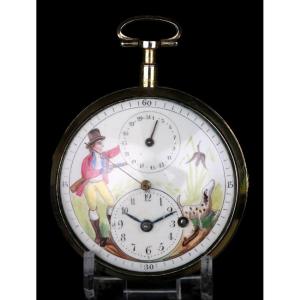
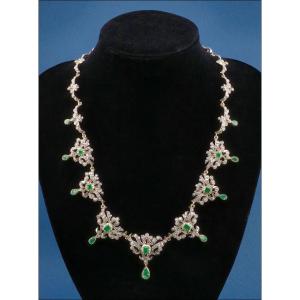


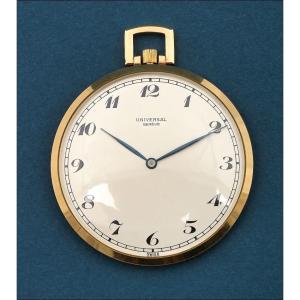
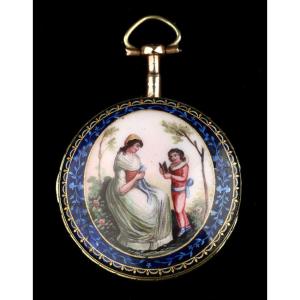





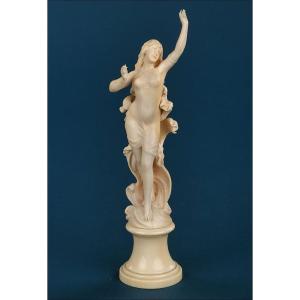


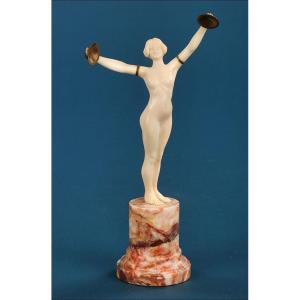
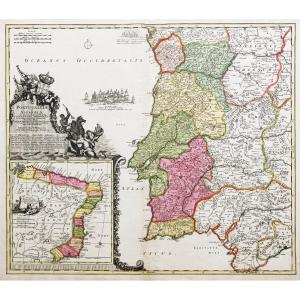
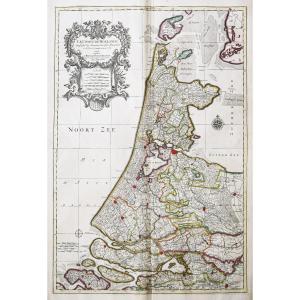

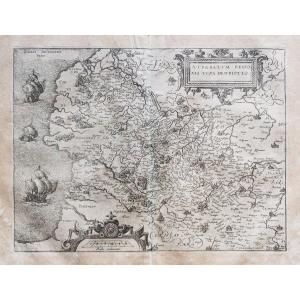




 Le Magazine de PROANTIC
Le Magazine de PROANTIC TRÉSORS Magazine
TRÉSORS Magazine Rivista Artiquariato
Rivista Artiquariato